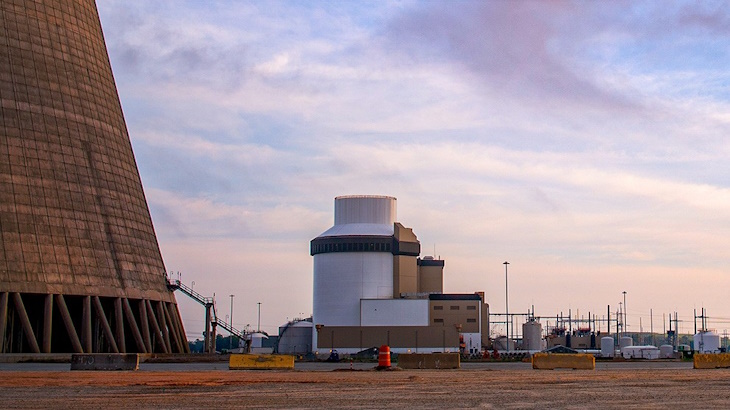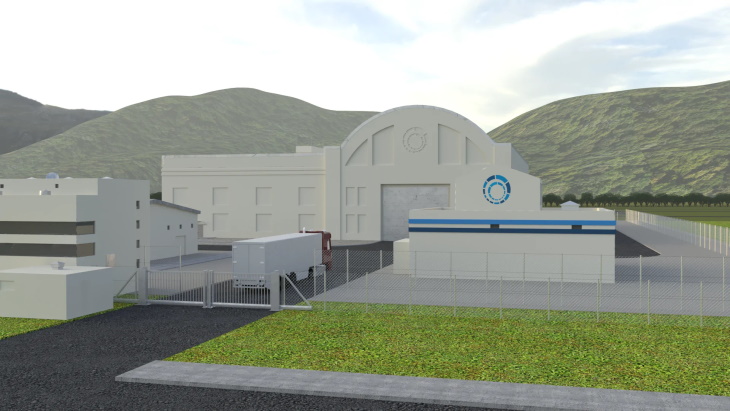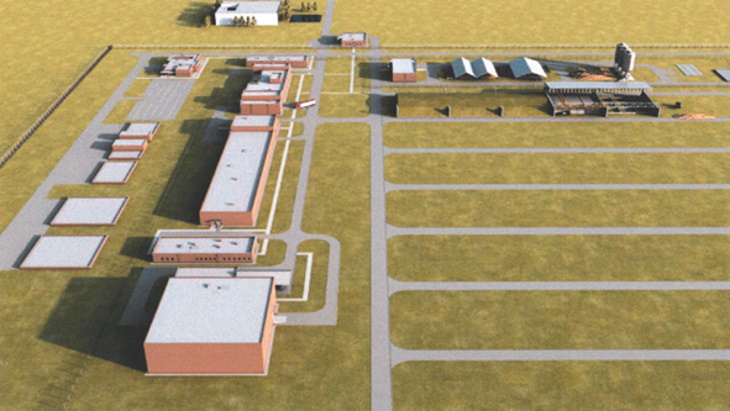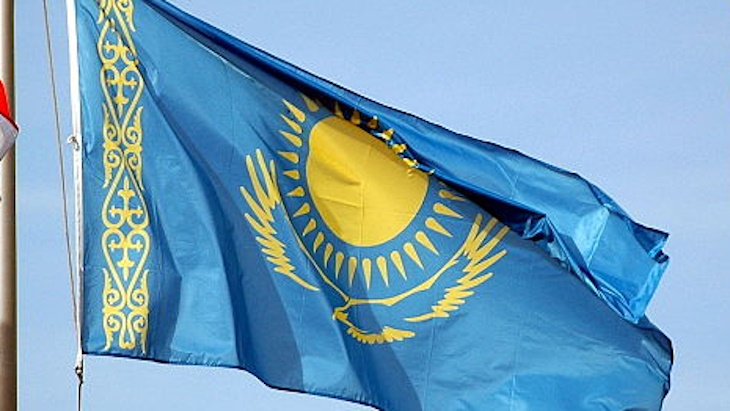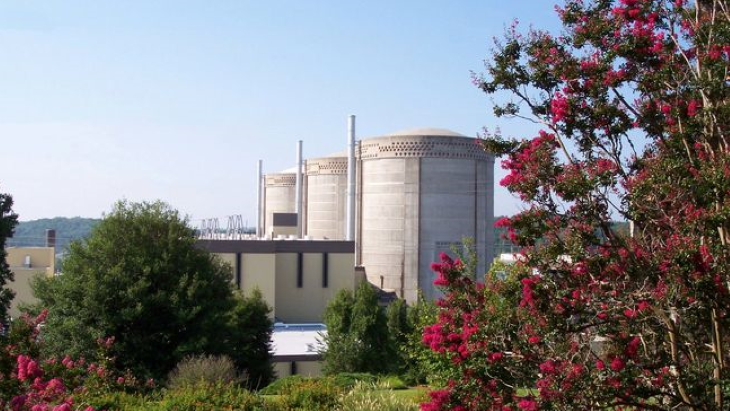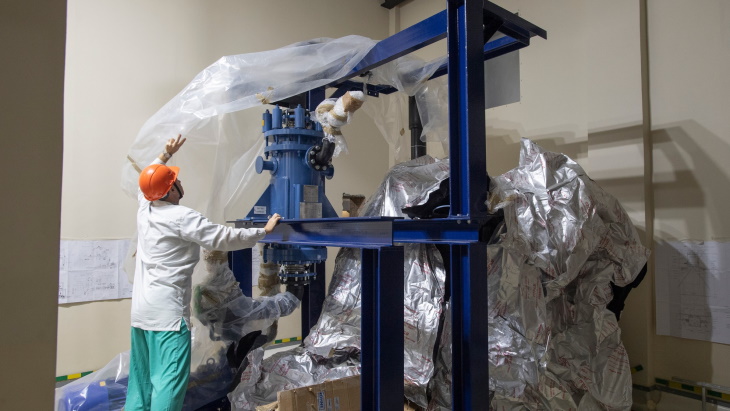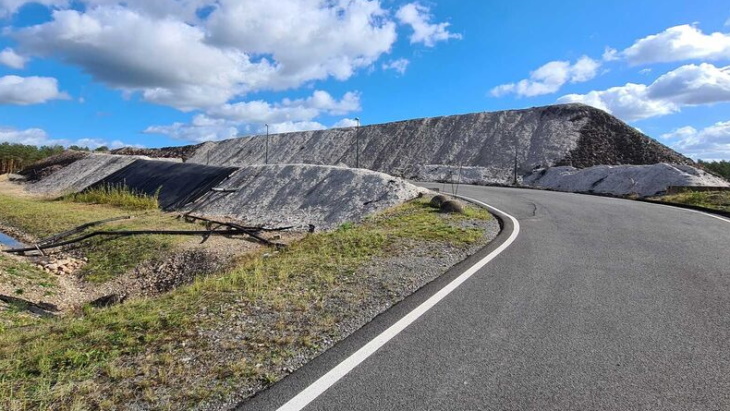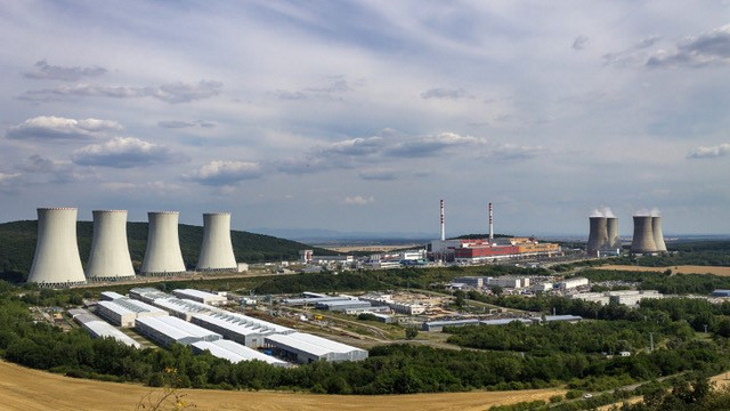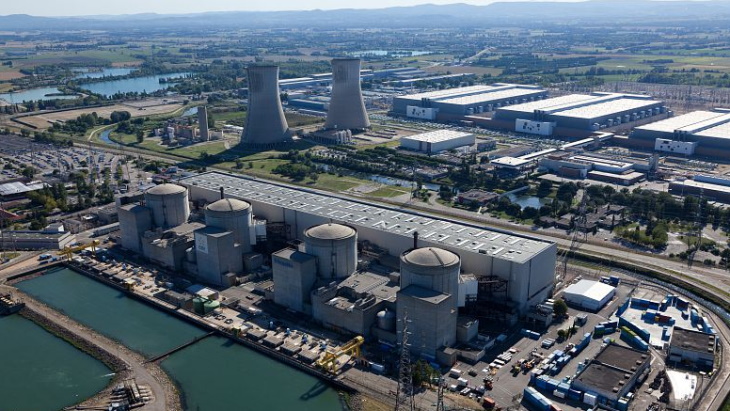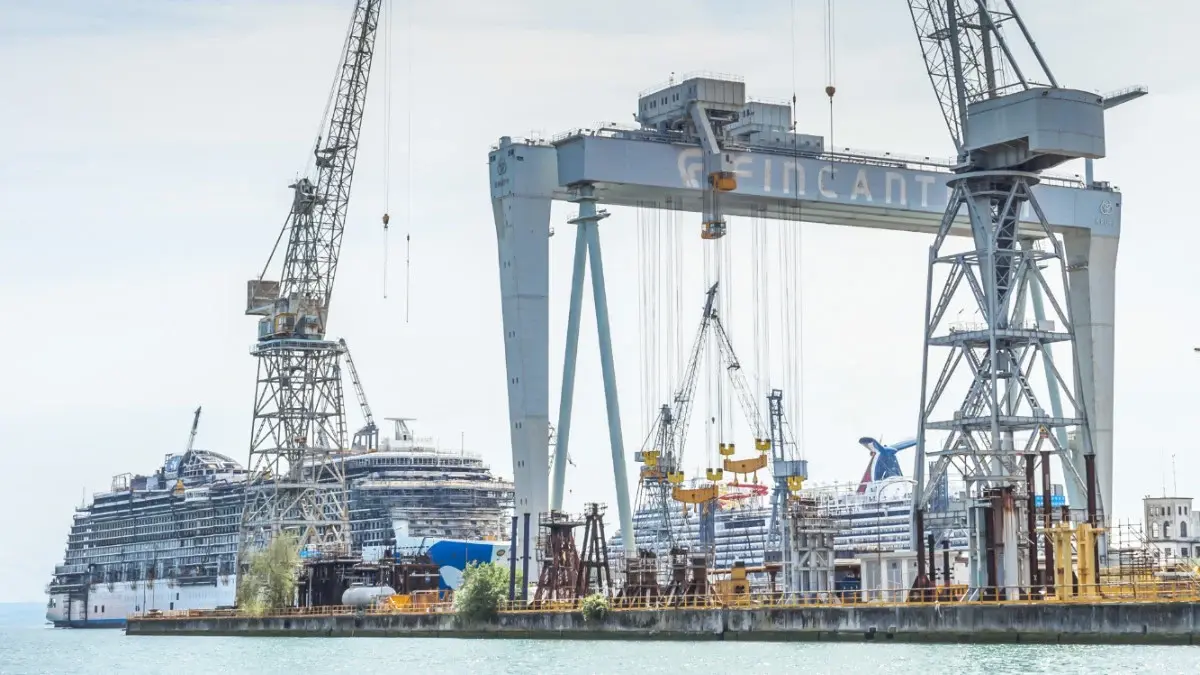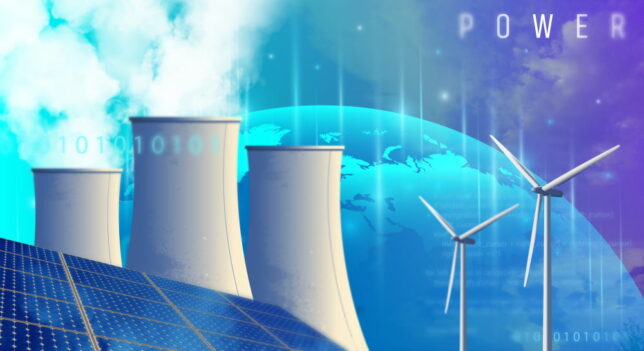Source: https://capitalresearch.org/article/annual-revenue-of-opponents-of-carbon-free-nuclear-power-exceeds-2-3-billion/
Nuclear energy, according to the Sierra Club’s official position, is “a uniquely dangerous energy technology for humanity” and “no solution to Climate Change.”[1]
The Sierra Club is far from alone. There may be as many as 1,000 groups in the United States with an agenda that includes opposition to the nation’s largest source of carbon-free energy. More than 200 have recently been identified in the Capital Research Center’s InfluenceWatch database. The combined annual revenue of the groups identified, as measured by recent filings with the IRS (where available), exceeds $2.3 billion.
This calculation is a deliberately conservative estimate of the financial firepower of the American anti-nuclear movement. It includes only nonprofit groups with a known anti-nuclear position, and within that subset, only some of the anti-nuclear nonprofits. The real dollar figure is likely far higher, for the reasons explained below.
The groups are listed below, along with hyperlinks to their InfluenceWatch profiles. Each profile provides explanations of the group’s position against nuclear energy and citations for same.
Next to each group in the list below, where applicable, is the most recent reported revenue taken in by that group, along with hyperlinks to each nonprofit’s most recent IRS Form 990.
Some groups are too small to have filed recent IRS reports, are not listed as nonprofits, or otherwise did not have reliable revenue to report.
Methodology
The handling of the League of Conservation Voters (LCV) provides a good example of the methodology. The $2.3 billion estimate of total anti-nuclear revenue includes only the $114.6 million LCV revenue for 2021 that the LCV’s 501(c)(4) political advocacy group reported to the IRS.
However, 501(c)(4) advocacy groups such as LCV frequently work in tandem with legally distinct, though mission-aligned 501(c)(3) educational nonprofits. In this case, the League of Conservation Voters Education Fund (LCVEF) reported $54 million in revenue for 2021.
This creates a double-counting concern because funding is often transferred from one group to the other. To steer as far clear of this concern as possible, all of the funding to one of the two groups has been totally excluded from the $2.3 billion calculation of anti-nuclear nonprofits. Where there is an education and an advocacy nonprofit, the $2.3 billion estimate includes either the 501(c)(3) or the 501(c)(4), but never both of them.
As such, the $54 million from LCVEF was not counted.
Another double counting could occur from local affiliates. In this example, the 2021 League of Conservation Voters’ IRS report shows more than $35 million in grants, almost all of which went to the LCV’s state and local affiliates.
Even though state-level affiliates may in many cases raise additional local revenue that could be counted, the safe assumption taken for the $2.3 billion estimate was to exclude all revenue reported by all state-level affiliates of large national groups such as LCV.
As another example, all state and local affiliates of the anti-nuclear League of Women Voters have been excluded from the estimate.
Additionally, all political committee money given to anti-nuclear political committees and politicians has been excluded from the $2.3 billion estimate. This also includes political committees that are affiliated with nonprofits such as LCV.
During the 2022 election cycle, according to the Federal Election Commission, the League of Conservation Voters Victory Fund political action committee raised more than $58 million and spent more than $33 million of it in federal independent expenditures.
None of this was included in the $2.3 billion estimate.
Researching and adding other political committees that have anti-nuclear positions would obviously increase the $2.3 billion total estimate. Current Democratic presidential candidate Robert F. Kennedy Jr. has a history of opposing the use of nuclear energy. So does former Democratic presidential contender Bernie Sanders.
Finally, many of the largest anti-nuclear nonprofits counted toward the $2.3 billion estimate have given grants to some of the smaller ones. The recent IRS report for the World Resources Institute (WRI) shows a total of nearly $1 million given in grants to other anti-nuclear nonprofits, such as the Rocky Mountain Institute and the Environmental Defense Fund.
This was a minority of the WRI’s recent grantmaking. However, out of a severe abundance of caution, all $47.1 million in grants from WRI’s recent IRS report have been deducted from the $2.3 billion total. One example of what was removed from the total estimate is a $2.1 million grant to the University of Maryland, which is not one of the anti-nuclear groups in this analysis.
Identical deductions of total grantmaking were made for the five other largest anti-nuclear groups: the Environmental Defense Fund, Natural Resources Defense Council, Sierra Club, Rocky Mountain Institute, and World Wildlife Fund. Combined, total grants from the recent IRS reports of the six groups added up to $225.3 million.
The raw total annual revenue of the anti-nuclear nonprofits was initially nearly $2.6 billion. Deducting the grantmaking from the six biggest groups reduced the revenue estimate to just over $2.3 billion.
Because of this overly safe deduction and the other aforementioned conservative assumptions (i.e., excluding all political committee revenue), the $2.3 billion annual revenue estimate for supporters of the American anti-nuclear movement is only a modest estimate of what is likely a far higher number.
“Uniquely Dangerous”
As to the claim from the Sierra Club that nuclear energy is a “uniquely dangerous technology,” consider a 2020 analysis by Our World in Data that calculated the historic death toll from all forms of energy production. The tabulation included mining of raw materials, drilling, and all other factors unique to each energy system. Because this included premature deaths from air pollution, the burning of brown coal (at 32.72 fatalities per terawatt hour) reigned supreme as the most deadly energy option of all.
Nuclear (0.03 deaths/TWh) and solar (0.02) were revealed to be the two safest means of keeping the lights on.
On a non-safety level, there is no remote comparison. Nuclear ranks as one of the most reliable power sources we have, while the sun reliably fails to shine for many hours every night, everywhere on Earth. Nuclear is the largest source of zero-carbon energy produced in the United States—kicking out far more electricity each year than solar and wind combined.
This production occurs despite a multi-decade drought in the deployment of new American nuclear reactors and the subsidizing of weather-restricted, landscape-polluting wind turbines and solar panels. A lot of the blame for each of these shameful developments belongs to the following groups, their donors, and their membership.
[Snip long list of organisations, follow original link to article]
[1] The unorthodox capitalization of “Climate Change,” which implies a proper noun (perhaps even a sentient and malevolent being or group of same?), was copied as it was displayed by the Sierra Club on their “Nuclear Free Future” webpage on August 3, 2023.

